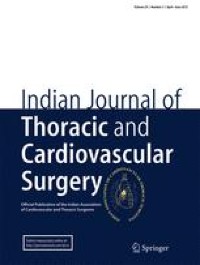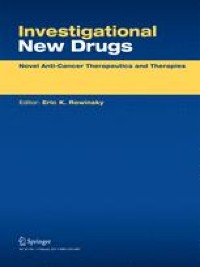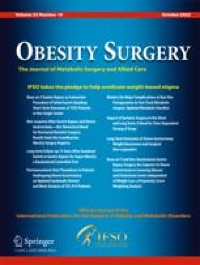Abstract
Objectives
To evaluate the ability of geldanamycin to modulate two opposing TNFα/TNFR1-triggered signals for inflammation and cell death.
Methods
The effects of geldanamycin on TNFα-induced proinflammatory cytokine production, apoptosis, NF-κB activation, caspase activation, and necroptosis in a human rheumatoid synovial cell line (MH7A) were evaluated via ELISA/qPCR, flow cytometry, dual-luciferase reporter assay, and western blotting assay, respectively. In addition, therapeutic effects on murine collagen-induced arthritis (CIA) were also evaluated.
Results
Geldanamycin disrupted RIPK1 in MH7A, thereby inhibiting TNFα-induced proinflammatory cytokine production and enhancing apoptosis. TNFα-induced NF-κB and MLKL activation was inhibited, whereas caspase 8 activation was enhanced. Recombinant RIPK1 restored the geldanamycin-mediated inhibition of TNFα-induced NF-κB activation. In addition, GM showed more clinical effectiveness than a conventional biologic TNF inhibitor, etanercept, in murine CIA and significantly attenuated synovial hyperplasia, a histopathological hallmark of RA.
Conclusions
GM disrupts RIPK1 and selectively inhibits the TNFR1-triggered NF-κB activation signaling pathway, while enhancing the apoptosis signaling pathway upon TNFα stimulation, thereby redressing the balance between these two opposing signals in a human rheumatoid synovial cell line. Therapeutic targeting RIPK1 may be a novel concept which involves TNF inhibitor acting as a TNFR1-signal modulator and have great potential for a more fundamental, effective, and safer TNF inhibitor.
| Key Points • Geldanamycin (GM) disrupts RIPK1 and selectively inhibits the TNFR1-triggered NF-κB activation signaling pathway while enhancing the apoptosis signaling pathway upon TNFα stimulation, thereby redressing the balance between these two opposing signals in a human rheumatoid synovial cell line, MH7A. • GM showed more clinical effectiveness than a conventional biologic TNF-inhibitor, etanercept, in murine collagen-induced arthritis (CIA), and significantly attenuated synovial hyperplasia, a histopathological hallmark of RA. • Therapeutic targeting RIPK1 may be a novel concept which involves TNF inhibitor acting as a TNFR1-signal modulator and have great potential for a more fundamental, effective, and safer TNF-inhibitor. |







